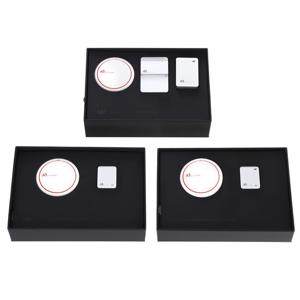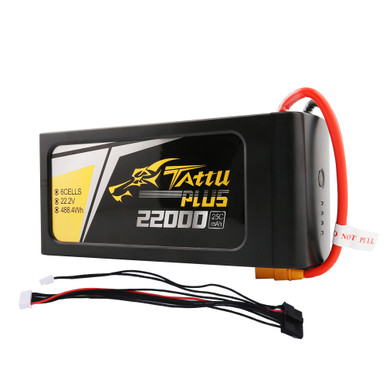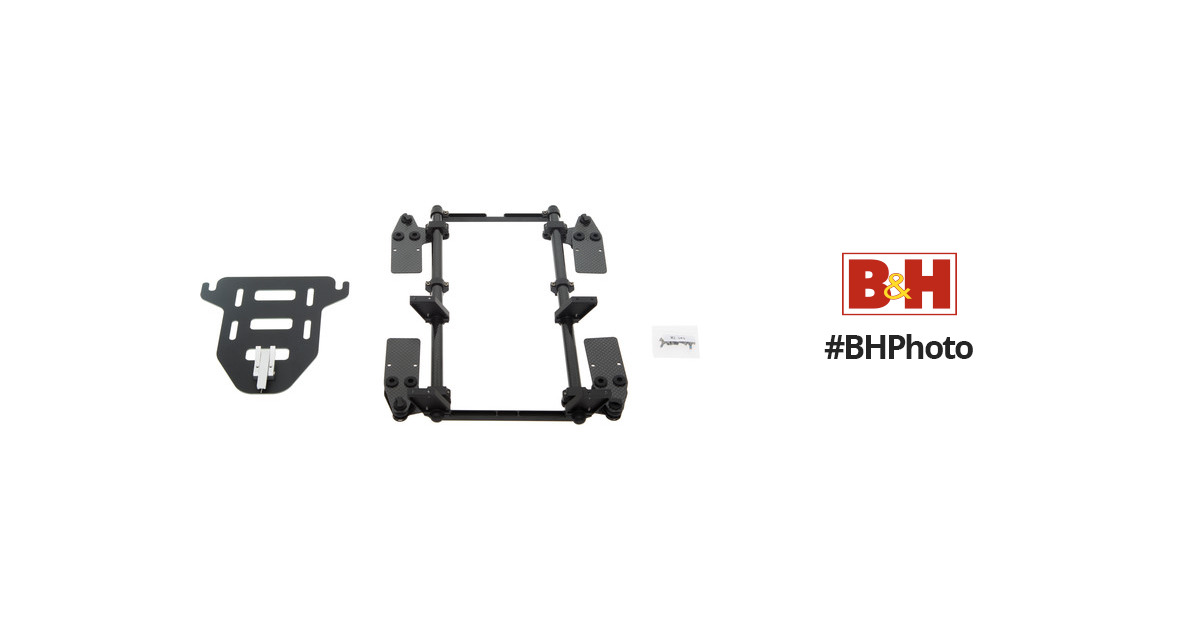I can see your points... and let me stress, I really like my M600Pro.
It's a great craft, I like the design... for my purposes.
But on your comments on concerns.... or battery logic or safety... strongly disagree.
On the logic of power consumption better on 6 small batteries compared to 1-2 large... disagree.
Concerns of safety or type of payload, well proven that Octals with 1-2 large bricks are dominate.
Concerns of heat due to 1-2 Lipo's to 6 sm Lipo's... when all feeding to single primary PDU feeder source, not accurate. Beyond the single feeder PDU, downstream the motors, ESC, etc have no bearing on number of batteries behind the PDU, it's only voltage & amps and the large Bricks supply more stable balanced current than 6 small batteries.
Regarding reliability and failsafe, the vast majority of large platforms fly on large Lipo bricks. The flight time simply extends with additional packs, no compromise if 1, 2, 3 or 4 packs. (You can use 5, 10, 15 mAh or any size LiPo... any number if desired) The M600Pro can't even take off on 5 cells & 1 failure, and if a cell fails in the flight you're encouraged to bring it down immediately regardless of remaining capacity. Statically, failures are more common in DJI smart packs than large LiPo bricks.
Regarding the Price of Platform build... sure, it's not a low cost alternative to the M600Pro. It's equivalent in cost, and electronics. Depending on total batteries sets & life cycle of batteries... could be little higher or lower. Didn't suggest it was a lower cost, it's an alternative of similar investment that provides a lower operational cost and probably due to the ability to maintenance the LiPo's with balance leads and intelligent chargers a little more reliable with the batteries. Your comment on heat, basically the efficiency of the S1000. I'd question that conclusion, but I would agree the stock motors & ESC's weren't the most efficient at that generation. The E1200 Pro TPS (Tuned Propulsion System) was designed for optimal efficiency and power, provided such a significant improvement over the stock that it increased the props from 15 to 17 and several used 18 with no concerns. This provided a much greater payload, smoother & lower RPM efficient performance, and more reactive response & controls. Those also weren't a low cost upgrade to install, rather a pricey upgrade and required longer carbon arms to clear the props.
DJI E1200 - Tuned Propulsion System
This custom build was used on the S1000 in many cinematic or heavy platform operations successfully many times. The Forestry Platform that carries a heavy payload to drop fire igniters balls (in place of Piloted Heli) running autonomous flight pattern missions uses the standard S1000 as a preferred platform for it's performance & stability with heavy loads. Ag industry uses this same platform to ignite difficult sections of land and burn control.
My scan didn't locate, but you mentioned the integration of flight control, video, etc. With the same electronics, there isn't any difference... both the M600Pro and A3/LB2 Setups use the Go3App and features. Both are useable on 3rd party programs.
DJI has about 75% of the sUAV market, but less than 1% of the large platform market, or cinematic large platform focus. The S900 & S1000 were DJI's first attempt to enter the large platform market and both were under powered & minimal payload in comparison to the competition. The M600Pro was introduced and it made a bigger stride into the large platform but still just a "Dent" and really not much market. The M600Pro has lost ground to the point DJI stopped any planned additional design and payloads. The M210 with 4 props & "Tandem" batteries has essentially replaced it in many roles requiring less than large RoninMX type gimbal with DLSR or RED; although the M210v2 with X7 payload basically challenges the need for a large gimbal mount. The LIDAR payload you mention, or other extremely high cost RED systems are mounted on these platforms much more frequently compared to the small number utilizing the M600Pro. The Altos 8 or other custom rigs would probably be a more suitable platform than the M600Pro.
As one example: The Altos 8, uses 1 or 2 large Lipo packs (similar cell size)... not even slightly smart, just large Lipo's. Most custom made platforms of 6 or 8 arm, 6-16 motor are 1-2 large Lipo packs. The M600Pro doesn't perform better than the Altos 8 or any of the custom platfoms that carry multiple heavy payloads costing way more than the aircraft platform... all powered by 1-2 Lipo bricks, no battery integration other than voltage signal and voltage beeper.
The use of large Lipo bricks in comparison to 6 small DJI batteries, I'd swing with the large Lipo bricks as more reliable, and much more efficient in amperage. The TB48S are slid into cassette cambers with small diameter pointed spring loaded contact posts. The surface contact area of electrical flow of that connection is poor in comparison to XT90 or AS150-XT150 connections; reliability, voltage / amp draw and at a lower resistance. Heat can indicate resistance or improved current flow. But stating multiple connections as a benefit isn't correct... all 6 Batteries feed to a single PDU that provides distribution of power to the 6 ESC & Motors, in a standard Lipo setup the leads also feed to a single PDU providing power to the ESC & Motors.
On the dynamics of capacity of large pack vs small packs; I don't recall any electrical benefit of several small cells over large capacity. I do find reference of large pack having benefit: lower number of connections, lower number of individual cells to maintain balance, lower IR decay over usage, lower heat dissipation for equal current draw, and over numerous charge cycles & maintenance (cell balance, cycling, storage, etc) more stable consistently through life span.
You are correct, it's started more as a "Fun Project" to build something a little different and still be able to use DJI / 3rd Party common Apps. Would I have pursued it knowing total costs initially, probably not. But I kinda just wanted to build an Octal that I could use. The hunt for parts such as the E1200Pro packs was challenging, I purchased those globally... 2 plus sets. Since I started this, the E1200Pro's have dried up, Adorama stopped selling the S1000 kits... maybe even the LB2 Kits... now changing suspension mounts, working with a company on a mount that can be used both on M600Pro & S1000 in place of the RoninMX suspension mount.
It's all fun, entertainment while exploring & building something a little different.




















